 Dedicated to the One True Sovereign
Dedicated to the One True Sovereign
who was disregarded by the nations when, in 1914, men elected to fight
among themselves on behalf of their own sovereignties First published in Great Britain in 2016 by
PEN & SWORD MILITARY an imprint of
Pen & Sword Books Ltd,
47 Church Street, Barnsley,
South Yorkshire.
S70 2AS Copyright William Langford & Jack Holroyd 2016 ISBN: 978 1 47388 157 0
PDF ISBN: 978 1 47388 160 0
EPUB ISBN: 978 1 47388 159 4
PRC ISBN: 978 1 47388 158 7 The right of William Langford & Jack Holroyd to be identified as Authors of this Work
has been asserted by them in accordance with the
Copyright, Designs and Patents Act 1988. A CIP catalogue record for this book is available
from the British Library
All rights reserved. No part of this book may be reproduced or transmitted
in any form or by any means, electronic or mechanical including photocopying,
recording or by any information storage and retrieval system,
without permission from the Publisher in writing . Designed by Factionpress
Printed and bound in India by Replika Press Pvt. Ltd.
Pen & Sword Books Ltd incorporates the imprints of Pen & Sword Aviation, Pen & Sword Maritime,
Pen & Sword Military, Pen & Sword Select, Pen & Sword Military Classics,
Leo Cooper, Wharncliffe Local History
For a complete list of Pen & Sword titles please contact: PEN & SWORD BOOKS LIMITED
47 Church Street, Barnsley, South Yorkshire, S70 2AS, England.
E-mail:
Website: www.pen-and-sword.co.uk Contents
Foreword
by Nigel Cave The Great War Illustrated 1916 This is the third volume of photographs and commentary that have been published by Pen & Sword in the last couple of years, a fitting tribute to the photographers of the Great War.
A feature of the books is the coloured photography section. Although this has been made a far easier process because of the possibilities of digital manipulation, it requires considerable skill and extensive knowledge of the equipment and conditions of the time to make such work as realistic as possible. In a book such as this, photographs have to be given context; the solution that has been adapted in the series is to place them in chapters either relating to a particular event, such as an offensive, or of an emerging theme in this case the development and mass production of weapons of destruction. This approach allows for a commentary, aided by maps, which provides sufficient information to make sense of what is being portrayed. 1916 was the mid year of the war; when it began the war was sixteen months old and when it ended it still had twenty three to go. 1915 had been, on balance, a good year for the Central Powers the allies had been ejected from Gallipoli, large numbers of their soldiers were sitting in Salonika, in Greece, unable to develop the war against Bulgaria; there were no signs of any progress at all by the allies on the major fronts in France and Belgium and in Russia.
The biggest setback for the central powers had been the entry of Italy, an erstwhile ally of Germany and Austria-Hungary, into the war on the allied side. Two battles dominated on the Western Front. The most significant in its long term impact was the protracted struggle at Verdun, which lasted from the end of February to the end of December; the bloodiest battle of the war, the Somme, lasted four and a half months and ground mercilessly on through the summer and autumn, culminating in miserable weather conditions in November and a form of stalemate in the mud. However, there were events elsewhere than on the Western Front. The Mesopotamia campaign, an Indian army affair, started promisingly and then came to a dismal, if temporary, halt at the siege and subsequent surrender of Kut, along with its garrison of 12,000 or so men. In the great scheme of things and in the light of casualty lists elsewhere, this was not particularly significant; however, failure against the Ottoman Turks came all too swiftly on the heels of the abandonment of the Gallipoli campaign by the allies, in January 1916: the score card against the Turks was not looking good.
A further notable feature of the surrender of Kut was the abysmal treatment of the prisoners, with a quite horrendous fatality rate; a minority survived the war and the whole affair was a precursor to the treatment of prisoners by the Japanese in the Second World War. Verdun was a battle whose legacy has been seared onto the collective memory of the French nation, elevating it to myth status. One of the reasons for this was the policy of the rotation of divisions that was adopted by the French commander for much of the battle, General Ptain. This ensured that a very high proportion of the French army experienced the battle and the quite dreadful conditions in which it was fought: if you read no other book on the battle I would recommend Christina Holsteins Verdun: The Left Bank (Pen & Sword, 2016). It is a tale of remarkable heroism by both sides, the only light in what makes for dismal reading. The experience of the French at Verdun goes a long way to explaining the Maginot mentality of the inter war years.
Indeed, its reach has gone further than that: to understand the Franco-German axis in modern European politics one needs to understand the long lasting impact of this battle. The Somme 1916 has, of course, a special place in British memory. It is the battle where the hopes and anticipation of a nation were dashed: the all-volunteer (at least at its outset) army of the best of British youth was ground down by a ruthless and experienced foe as an amateur army was transformed into a continental one, ending the battle on equivalent terms with its French and German counterparts. In France the battle has limited recognition, despite the fact that she, too, suffered very heavy casualties some 200,000 of them. Britain fought more expensive battles when one looks at the daily rate of casualties during the battle the two intensive periods of fighting in 1918 had a higher rate, as did the spring 1917 Battle of Arras. But for Britain it is 1 July that has left its mark and to a large extent determined the popular perception of the whole war..
The battle also marked the first major intervention on the Western Front by the British dominions. The Canadian division had played a notable part in the Second Battle of Ypres in 1915; by the end of the Somme all (by now four of them) of its divisions had participated in the fighting on the Somme. The Australians, some having already fought a hard campaign in Gallipoli, had three of its five divisions employed on the Somme, whilst one took part in a disastrous attack in French Flanders, at Fromelles, with the aim of pinning the German troops there to that part of the front. New Zealands division played its full part at the Battle of Flers-Courcelette in September; the South African Brigade is forever associated with Delville Wood; whilst the tiny population of Newfoundland saw its single battalion on the front seemingly all but eliminated at Beaumont Hamel. The naval war is rarely studied to the same extent as the land war. There are various reasons for this, but one of the most obvious is that there were very few major naval battles: indeed there was only one major surface battle and the long drawn out submarine campaign that dominated naval thinking and strategy, particularly in 1917.
Jutland was the biggest naval battle in history. In some respects it was a German victory, if one considers casualties inflicted and tonnage sunk; amongst other things it revealed a weakness in British ship design. However, at the end of the day it was a British strategic victory: the German High Seas Fleet never ventured out of harbour for the rest of the war. A feature of 1916, from the British perspective, was the mobilisation of Britains industries to provide the munitions and materiel required to sustain a huge land army and to enable it to fight on equal terms. Shortages of suitable artillery pieces and munitions both in number and reliability had plagued the relatively small scale offensives in which the British had been involved in 1915. Even by July 1916 the impact of improved production (for which due credit must be given to David Lloyd George) was yet to be felt: the British were far better equipped by the late autumn than they had been at the beginning of the offensive.


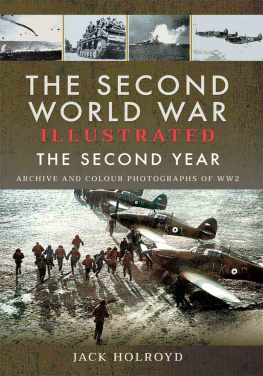
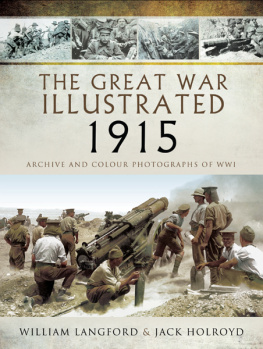
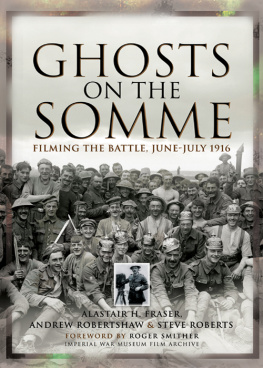
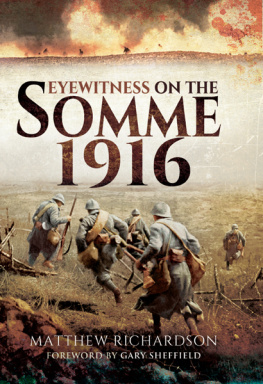
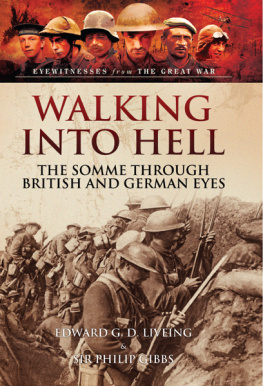
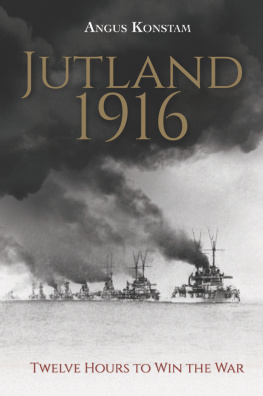
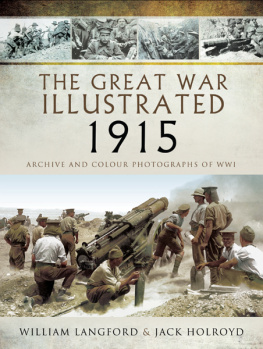
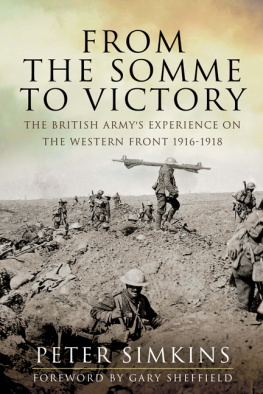
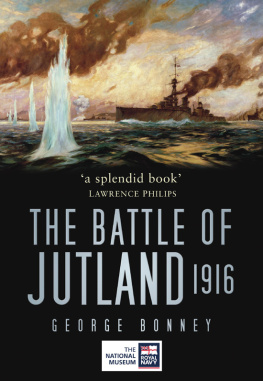
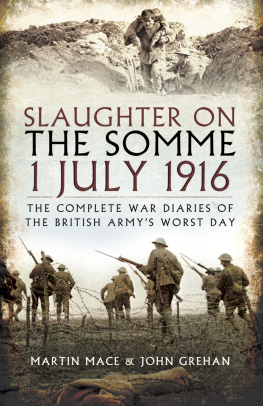
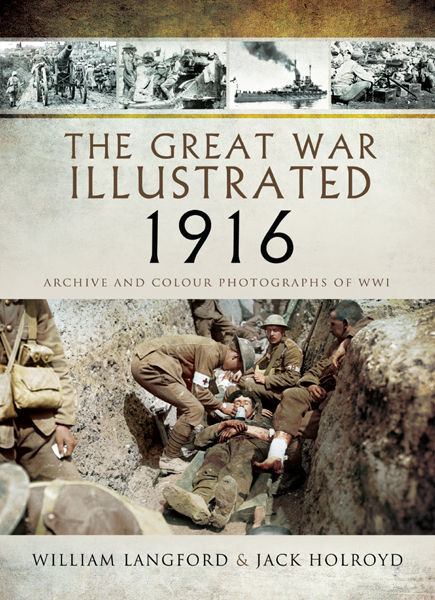
 Dedicated to the One True Sovereign
Dedicated to the One True Sovereign